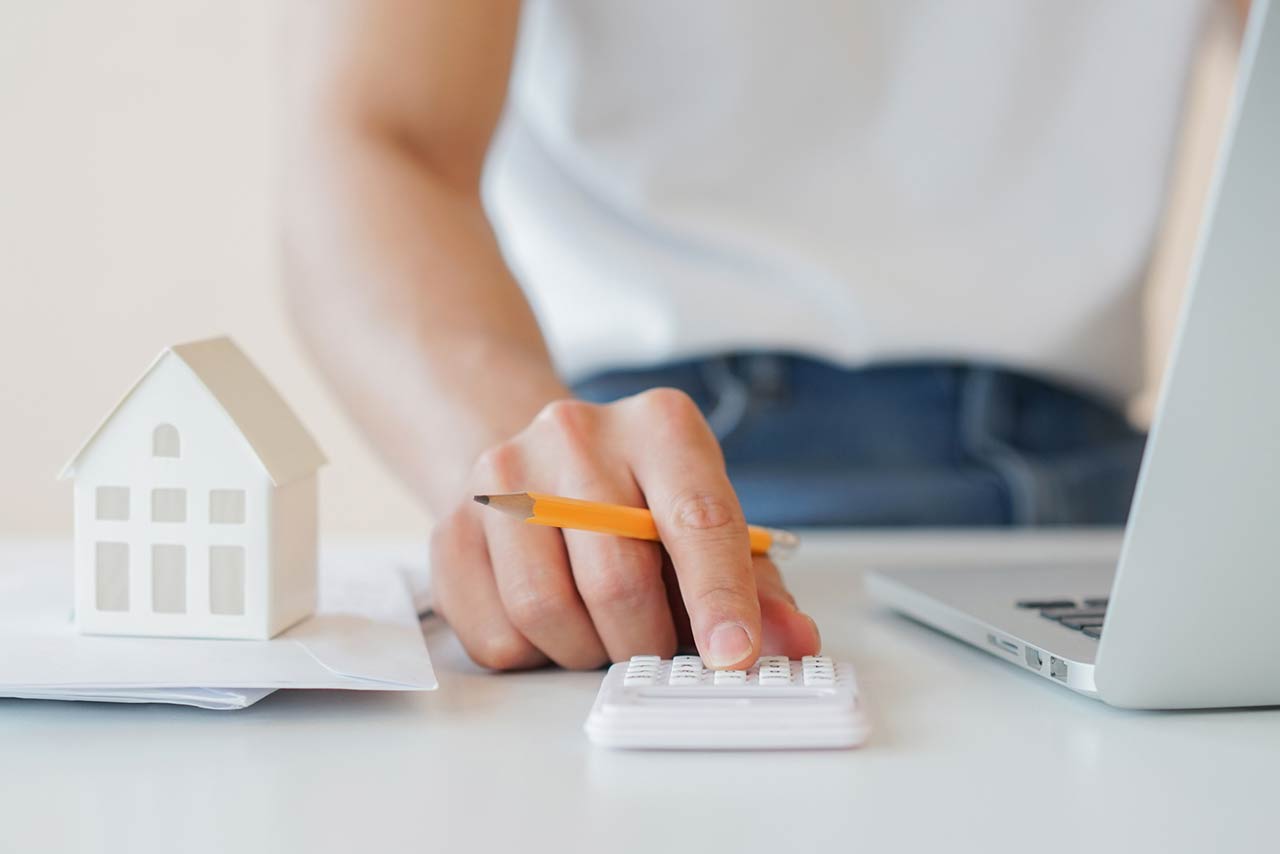Using Price-Per-Square-Foot Analysis to Price a Home

Listing your home at the right price is critical. Pricing too high or too low can keep your home on the market a lot longer than you’d like, and can even leave thousands of dollars on the table.
Comparing what other similar homes in the neighborhood recently sold for is the more popular way of coming up with an accurate listing price in residential real estate; however, there are other ways to measure value.
One way that some sellers and their agents price homes for the market is by using a price-per-square-foot analysis of a subject property to compare to. While this shouldn’t be the sole method of pricing a listing, it can help somewhat. While many in the industry discard this method, it can still help narrow down an accurate listing price. In fact, professional appraisers and commercial brokers still continue to use these calculations, so there’s still got to be some merit to it.
The key to using a price-per-square-foot analysis is to follow specific guidelines.
How the Price Per Square Foot is Calculated
A home’s price per square foot is determined by dividing the subject property’s price by its square footage. For instance, a 1,500 square-foot-home that’s priced at $300,000 would have a price-per-square-foot calculation of $200 ($300,000 ÷ 1,500 s.f.). Calculating the price of a home can be done by multiplying the price per square foot by the home’s square footage.
Of course, this calculation on its own is very simplistic. Many issues can be raised by this simple calculation alone, as these numbers are subject to error. For instance, how accurate is the actual square footage of the home? How was this actually calculated? Was it even measured to ANSI standards, or was it done using old-school measuring tape?
No matter what method was used to calculate the subject home’s square footage, it needs to be very accurate. Not only that, it needs to be consistent with the method used to measure other comparable homes in the area. If not, one of the variables in the price-per-square-foot calculation could very well be highly inaccurate. Only after very precise numbers are obtained can the price-per-square-foot analysis work.
Follow the 10% Rule
A price-per-square-foot comparison method needs to stick to the 10% rule in order to be accurate. Basically, this rule involves ensuring that the improvements to the subject home along with the square footage of the land it sits on are within a 10% range of those of the subject property that is being evaluated. For instance, for a 1,500-square-foot home on a 5,000-square-foot lot, comparable sales should be based on homes within the 1,350 to 1,650-square-foot range (1,500 +/- 10%), and lot sizes must be within the 4,500 to 5,500-square-foot range range (5,000 +/- 10%).
Tread Lightly With Improvements
A home that’s been renovated from top to bottom in high-end materials is often assumed to be worth a lot more per square foot than a home that is in dire need of some TLC. While this is true to some degree, improvements might not necessarily have as much of an effect on the price-per-square-foot, depending on the buyer.
For instance, a home with brand new porcelain tiles might not be worth much to a buyer who has intentions of ripping it all out and replacing it with wide-plank oak hardwood flooring. In many circumstances, improvements do – and should – play a role in establishing an accurate price based on a price-per-square-foot analysis, but exceptions to the rule should be accounted for.
Any upgrades that have added useable square footage to a home will typically increase the value of the home. For instance, if a 2-bedroom, 1-bathroom house is converted into a 3-bedroom, 2-bathroom home, such improvements will usually increase the property’s value.
The Bottom Line
The price-per-square-foot analysis can certainly be helpful in coming up with a listing price for your home, but it should definitely not be the only method used. The key to accurate pricing is to use a comparative analysis of similar properties in the area that have sold no further back than two or three months. Actual sale prices are factual, and already involve all of the variables that need to be considered when coming up with an accurate listing price, including size, location, finishes, condition, and so forth.
There’s also something to be said about an in-depth knowledge of the local market, knowing what buyers in the area are looking for, and understanding buyer and seller motivation. The price-per-square-foot analysis only works with a solid understanding of the housing market of the area in question. Experienced real estate agents will be able to pair their knowledge of the market with comparables and a price-per-square-foot analysis to come up with the right price that will garner the most attention from interested buyers.





